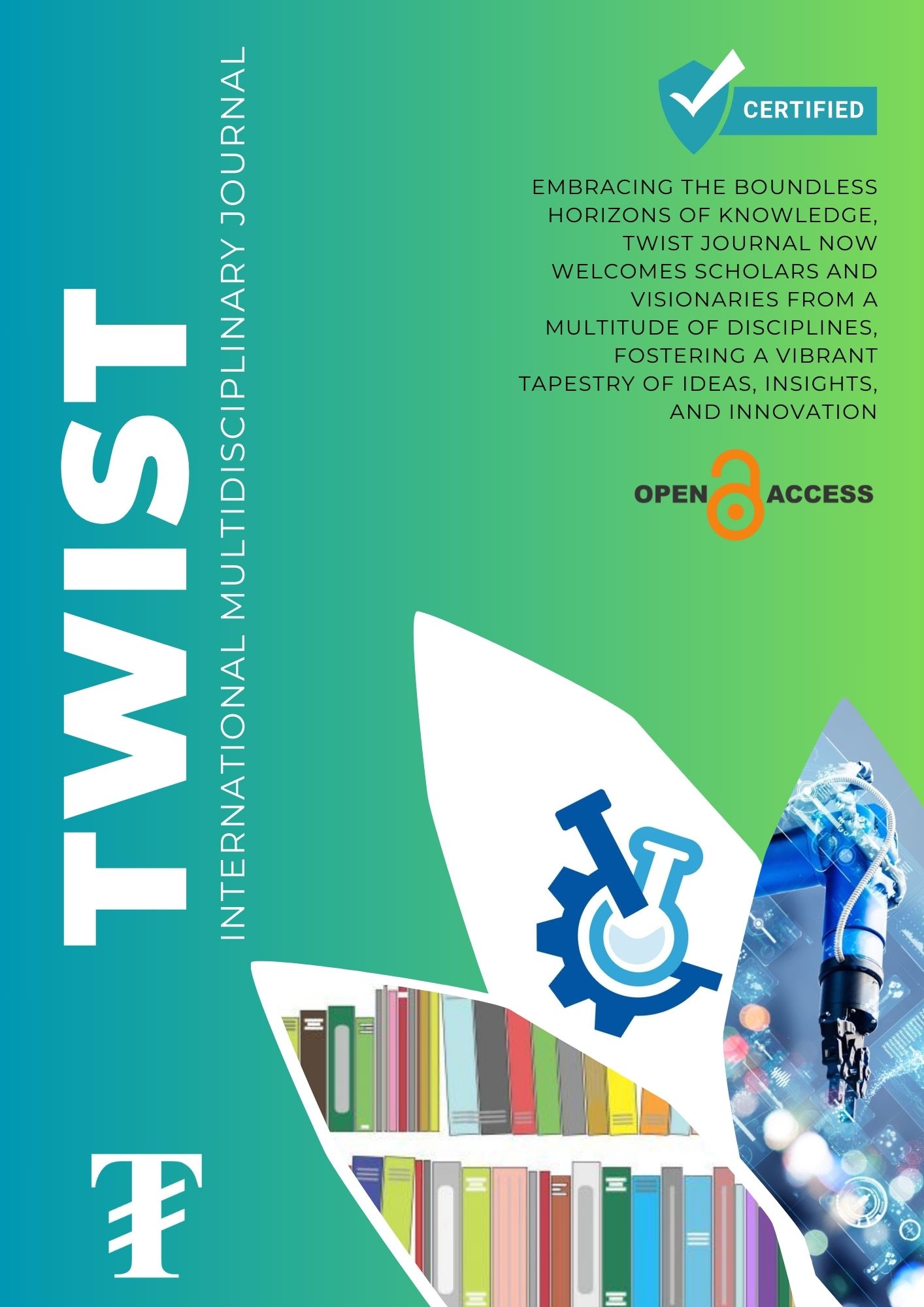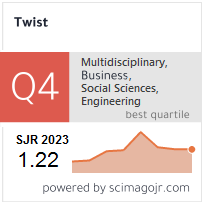Effect of Various Nanoparticles Incorporated to 3D-Printed Denture Base Resins on Certain Physicomechanical Parameters
Keywords:
Nanoparticles, Flexural strength, Color changes, Surface roughnessAbstract
Purpose: To evaluate the effects of nanoparticles (zirconium dioxide (ZrO2), titanium dioxide (TiO2), and aluminum oxide (Al2O3)) on the flexural strength, colour stability, and surface roughness of 3D printed resin.
Materials and Methods: A total, 210 specimens of 3D printed resin were fabricated with different dimensions according to test specifications, and specimens were divided according to nanoparticles into four groups, unmodified as control (A), ZrO2 (B), Al2O3 (C), and TiO2 (D) groups (70/test (n =7). Each of modified groups was subdivided into three subgroups according to nanoparticle concentrations (0.5%, 1%, and 1.5%). The flexural strength, colour stability, and surface roughness were evaluated, and the collected data was analyzed with ANOVA followed by Tukey’s post hoc test.
Results: Regarding the flexural strength, there was a statistically decrease for all modified groups compared with the control group. The difference between groups was statistically significant as indicated by ANOVA test (p=<0.0001<0.05). Significant colour differences were detected between the control group and all modified groups (p=<0.0001<0.05). All modified groups had lower surface roughness than the control group. The difference between groups was statistically significant as indicated by ANOVA test (p=<0.0001<0.05). The difference between concentrations of metal oxide groups was statistically non-significant as indicated by ANOVA test (p=0.6296>0.05).
Conclusions: Flexural strength decreased in all groups and concentrations compared to the control group. Significant colour changes were detected between the control group and all modified groups. Surface roughness decreased in all groups and concentrations compared to the control group.
Downloads
Downloads
Published
Issue
Section
License
Copyright (c) 2024 TWIST

This work is licensed under a Creative Commons Attribution-NonCommercial-ShareAlike 4.0 International License.











